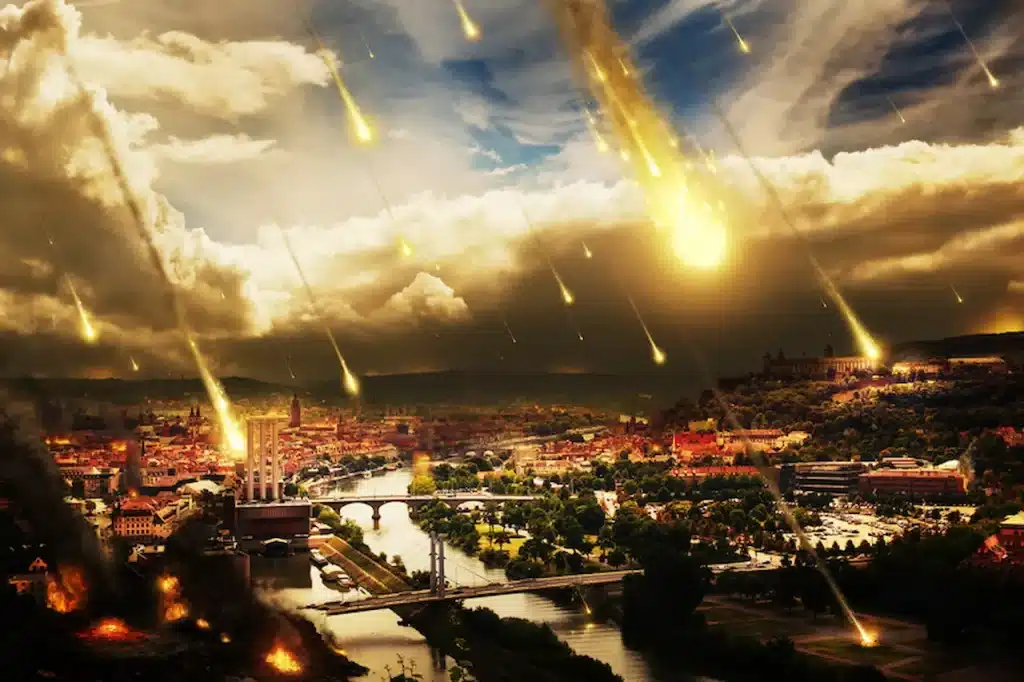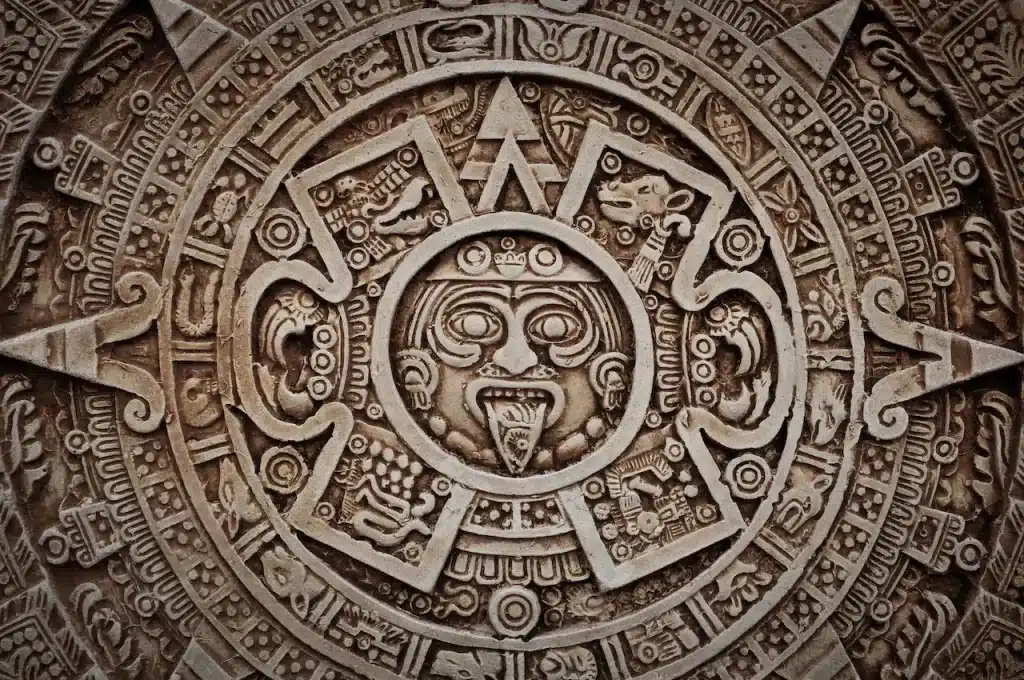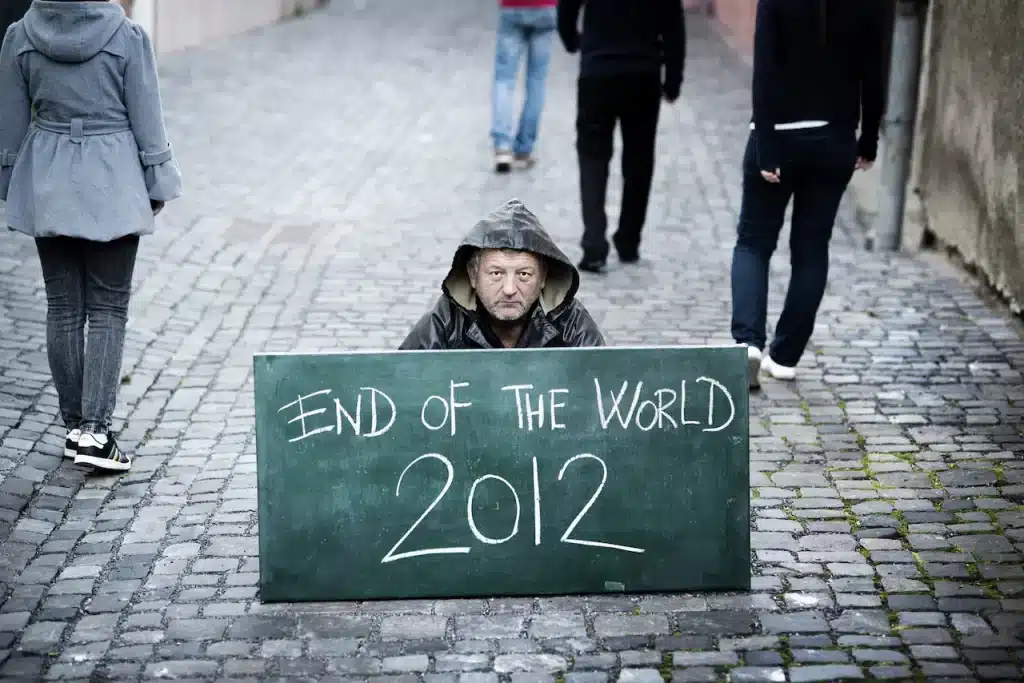The Final Prophecy From The Mayan Calendar
Few dates have captured the imagination of the world like December 21, 2012, among the many apocalyptic prophecies throughout history. The ancient Mayan calendar regarded this date as a significant one, because it marked the end of a period known as “Long Count.” The Mayan calendar was crafted with incredible astronomical precision. It tracked time and cosmic cycle with astounding accuracy. As the end approached, speculation grew. Was this the end of a chapter, or the Final Prophecy From The Mayan Calendar?
A convergence of ancient mythology and misunderstood scientific theories with modern media led to a wave of doomsday theories, pop-culture phenomena, and widespread anxiety among the public. The idea that the world would end in 2012 was a worldwide obsession, from Hollywood films to online forums. What was the truth behind this prediction, though? In this article, we will examine one of the most fascinating apocalyptic events of our time, the Mayan Prophecy of 2012.

Understanding The Mayan Calendar
Through their “Long Count”, the ancient Mayans marked December 21, 2012, as the end of a major cycle. This so-called “end” sparked widespread interpretations; some viewed it simply as a symbolic reset or the start of a new era, while others feared it signified the end of the world or a cosmic catastrophe. What is the Long Count Calendar, and does it predict doomsday or not?
The Long Count Calendar, created around 355 B.C. by the Mayans, displayed their impressive astronomical and mathematical skills. They detected Earth’s axial wobble by observing celestial patterns. This phenomenon is known as “precession,” and causes stars to move gradually over time. The Mayans calculated this shift to occur in cycles lasting about 5,125 years.
The researchers also noticed that, during this cycle, the dark band in the middle of the Milky Way – called the “Galactic Equator”- eventually aligned with the elliptical course the sun appears to take through the sky. This alignment happens during the solstice, which is December 21 for the Northern Hemisphere or June 21 for the Southern Hemisphere. This rare celestial alignment occurred in A.D. 2012. The last time this happened was around August 11, 31114 B.C., a date that the Mayans attributed to the mythical moment when creation began.
Mayan Cosmology
In Mayan cosmology, the Milky Way was a gateway to life and death, while the sun represented a deity. They saw the celestial event both as an ending and a new beginning, a time of change. According to some Mayan glyphs, they believed that the 2012 alignment would usher in a new cycle, rather than an apocalypse.
The so-called Mayan prophecies for 2012 were, however, largely speculative and fueled by sensationalism, misinterpretations, and other forms of misinformation. It is hard to believe that the Mayans were able to predict specific events in 2012. The Mayans were not prophets, but rather highly skilled astronomers and mathematicians. They were also a tribe with a spiritual worldview, marked by ritualistic practices like bloodletting and sacrifices of humans, in the belief that these offerings would sustain the sun.
The Bible does not support the notion that the world ended on December 21, 2012. Scripture doesn’t mention the celestial alignments that the Mayans identified, nor does Scripture suggest that the knowledge of end times will be revealed by ancient civilisations. It would be contrary to the biblical narrative if God revealed such knowledge to Mayans while keeping His prophets in darkness.

The Final Prophecy: December 21, 2012
It is a myth that the ancient Maya foretold the end of the Earth on December 21, 2012. This idea stems from a stone tablet called Monument 6 found in El Tortuguero, Tabasco, Mexico. The carved tablet, discovered in the 1960s during construction, was initially overlooked because of the unreadable Mayan glyphs. In the 1980s and 90s, when scholars finally cracked the Mayan script, Monument 6 drew renewed interest because it referred to a specific date. 4 Ahaw3 Uniiw is equivalent to December 21, 2012. This marks the end of a 5,126-year cycle in the Mayan Long Count Calendar.
Inscriptions on the monument speak of the end 13th calendar cycle, and a mysterious event that involved the descent of Bolon Yookte. Although the meaning of this monument is not clear, some believe it to be a symbol of renewal and not a warning about doomsday. In Mayan mythology, the end of a calendar cycle marked a moment of transformation or transition, which was often linked to cosmic or religious events.
Maya beliefs included the creation of multiple worlds, each ended due to a flaw. The current world is known as “the age of maize.” John Major Jenkins and other researchers have linked the year 2012 to Mayan mythology depicted as constellations. These alignments are thought to be similar to those that were seen at the time of the creation of the last world in 3114 B.C. This further supports the notion that 2012 could be a “recreation”.
In reality, Mayas did not predict that the world would end. The Maya’s records indicate that transitions in the calendar, such as the one from the 8th to 9th cycles in 435 A.D., were not feared but rather commemorated. Monument 6 may have had symbolic or ceremonial significance. The 2012 date is not a prophecy but a part of Maya’s cyclical time view. It was an invitation to reflect upon endings and new beginnings rather than a doomsday announcement.
What Draws People to Apocalyptic Tales?
Apocalyptic tales are timeless, attracting people with their dramatic drama, moral complexity and grim portrayals of survival. What is it that makes these stories about the end of the world so compelling?
Escape and imagination
In a world of digital overload and daily routines, apocalyptic stories offer a dramatic escape. High stakes and unfamiliar settings take us to vividly imagined universes where survival is paramount. The escapism is also cathartic. In a safe, creative environment, audiences can confront their fears and anxieties. They often emerge with a new sense of hope or resilience.
Psychological engagement
Apocalyptic literature is a story that has a strong emotional pull. These stories appeal to our deepest fears and curiosity, fears of the unknown, fascinations with destruction and wonders about what could come next. These narratives are intensely psychological, allowing readers and viewers to feel the extreme situations from a distance. They stretch our emotional boundaries while provoking reflection.
Exploration of Human Nature
The apocalyptic scenario is a test of human nature. The scenarios strip away all the modern comforts and ask, Who are we without civilisation? What happens when the rules are broken? These stories provide a rich opportunity to explore ethical dilemmas and survival instincts. They also allow us to examine the strength or weakness of the human spirit when under pressure.

How the World Reacted to the 2012 Apocalypse Predictions?
Globally, the response to 2012’s end-of-the-world prediction was complex and diverse, driven by a mixture of fear, scepticism and media influence. It also reflected a cultural fascination and a combination of fear and scepticism. Many parts of the globe experienced an increase in anxiety during the months that led up to December 21, 2012. Some people believed that a catastrophic event was possible and took drastic measures such as storing food, building shelters or relocating to remote areas. The sensational media coverage worsened this fear, and at times it fueled panic among the public for ratings.
A strong wave of scepticism also emerged. Scientists, educators and experts worked actively to dispel the doomsday story, using historical context and astronomical data to explain the true significance of the Mayan Calendar. Together with responsible media reporting, their efforts helped to ease public concerns and promote critical thought. The 2012 prophecy has become a cultural phenomenon. It inspired films, books and music that explore themes of apocalypse, renewal and apocalyptic storytelling. Some communities organised events, from parties to religious ceremonies, to mark the date. This shows the range of human reactions to uncertainty as well as the appeal of apocalyptic stories.
Reflections on Real-World Fears
Probably most importantly, apocalyptic literature reflects modern concerns. These stories reflect our culture, whether they are about climate change, pandemics or nuclear war. These stories allow us to imagine what could happen if trends continue to spiral out of control. They offer both cautionary tales as well as glimmers of possibility. Apocalyptic tales help us to confront uncomfortable truths and imagine alternative futures, some dark, others redemptive.
The appeal of apocalyptic tales lies in the ability to combine fear, imagination and truth. They serve as a warning, but also a strangely comforting reminder that humans are resilient.



